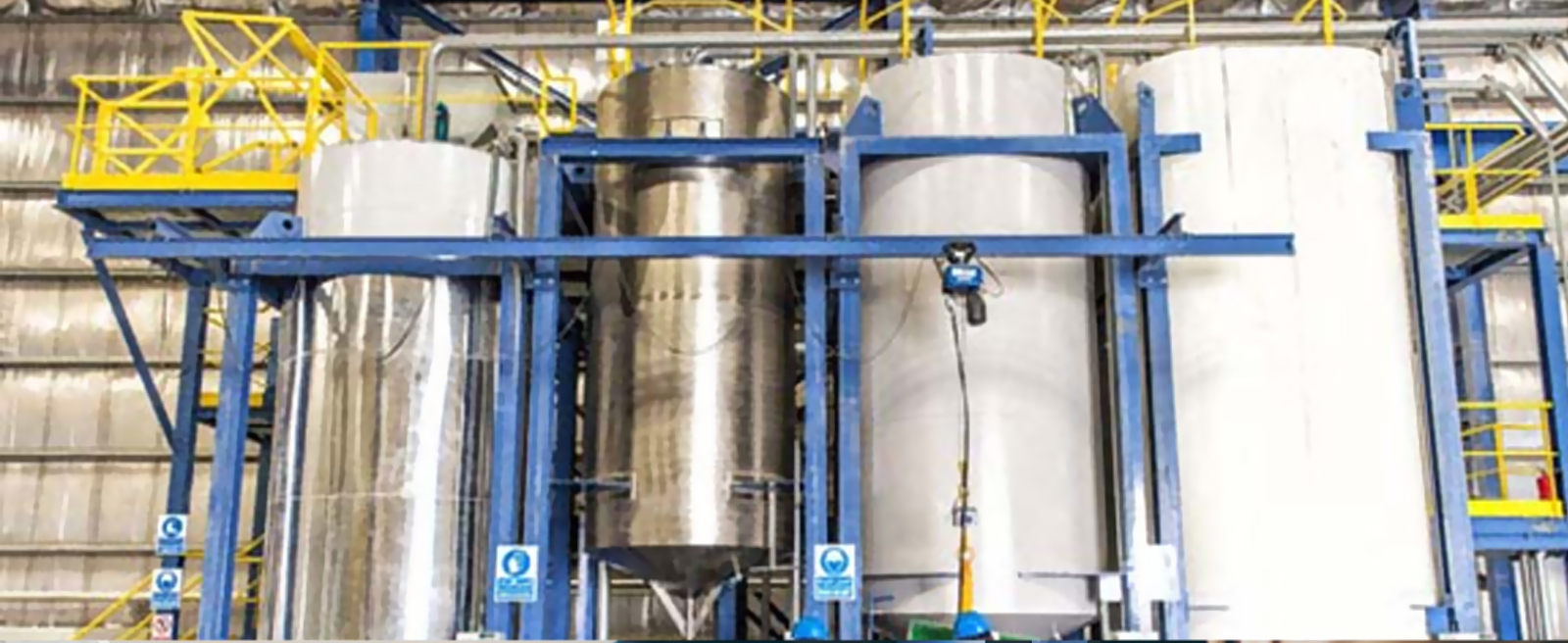
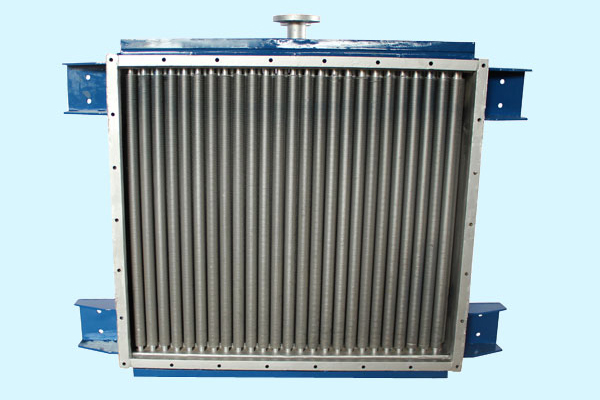
Steam and hot water radiators are commonly used in the industry to produce clean hot air for drying applications. These heat exchangers are made compact by the use of finned tubes for enhance air-side heat transfer area. Steam or hot water is passed through the tubes & clean ambient air is passed over the fins to deliver air at required pressure and temperature. These radiator assemblies are tailor-made to meet specific process parameters.
Heating capacity, process parameters, material of construction are considered in design and fabrication of these heat exchangers to cater customer's specific requirements.
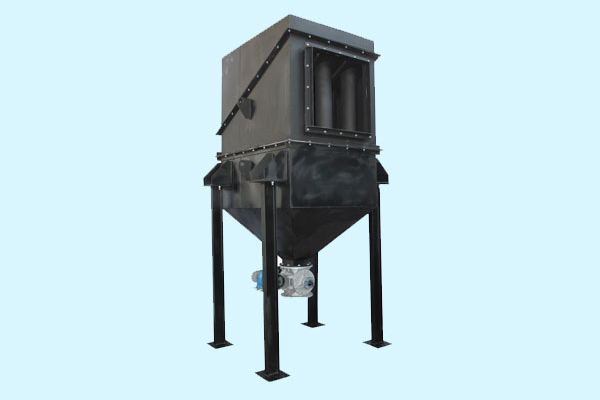
Flue gases from combustion of solid and agro-waste fuels in boiler furnaces invariably contain high level of particulate emission, depending upon fuel composition and combustion controls. The primary emission control equipment in such boilers is the multi-cyclone dust collector. Flue gases exiting from boiler are made to pass through vertical annular space between tubes with tangential entry.
Heavier soot and ash particles separate and fall down due to centrifugal action and clean flue gas are discharged from the exit. The ash collected at the bottom is discharged through manual gates or rotary air valves. The sizes of multi-cyclone dust collectors are standardized as per boiler output capacities and readily available as boiler accessories.
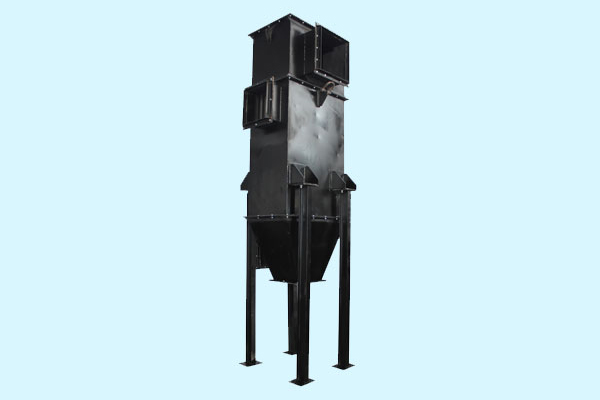
To improve thermal efficiency of medium to large capacity solid fuel fired boilers, the forced draft combustion or is pre-heated by the hot flue gases from boiler in large tubular heat exchangers known as air pre-heaters. This is available as a standard accessory and has to be finalized prior to order. Although additional investment and larger floor space is required for air and water pre-heaters, the resultant fuel savings soon offset the higher cost.
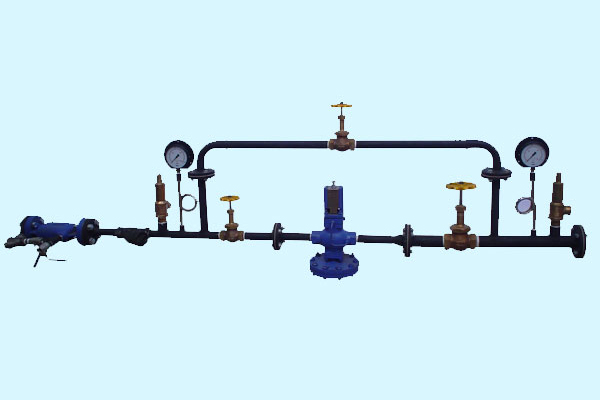
Standard steam boilers are usually designed and operated at 7 or 10 bar steam pressure, whereas process heating by and large requires low steam pressure of 1 to 3 bar. Economic & technical considerations necessitate operation of steam boilers at high pressure.
Low steam pressure for utility is therefore obtained through pressure reducing stations, consisting of pressure reducing valve, isolation and bypass valves, filters and steam traps. These are available as standard boiler accessories in various sizes and both non-IBR and IBR approved versions.